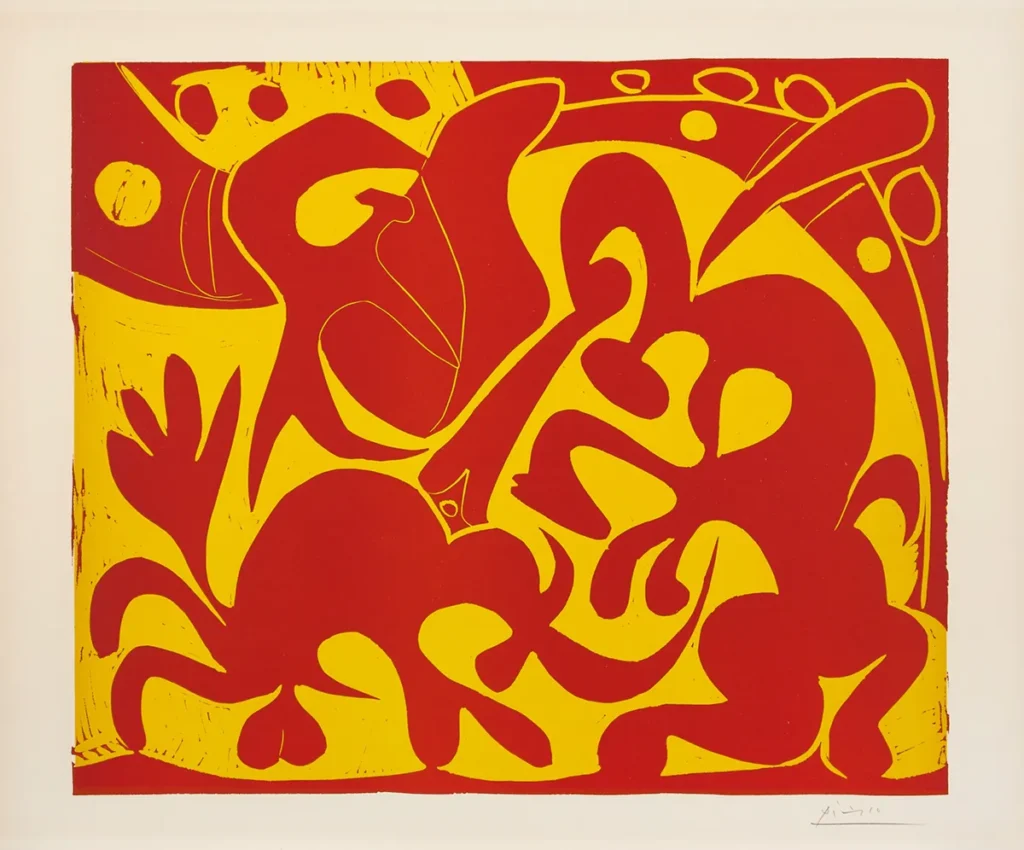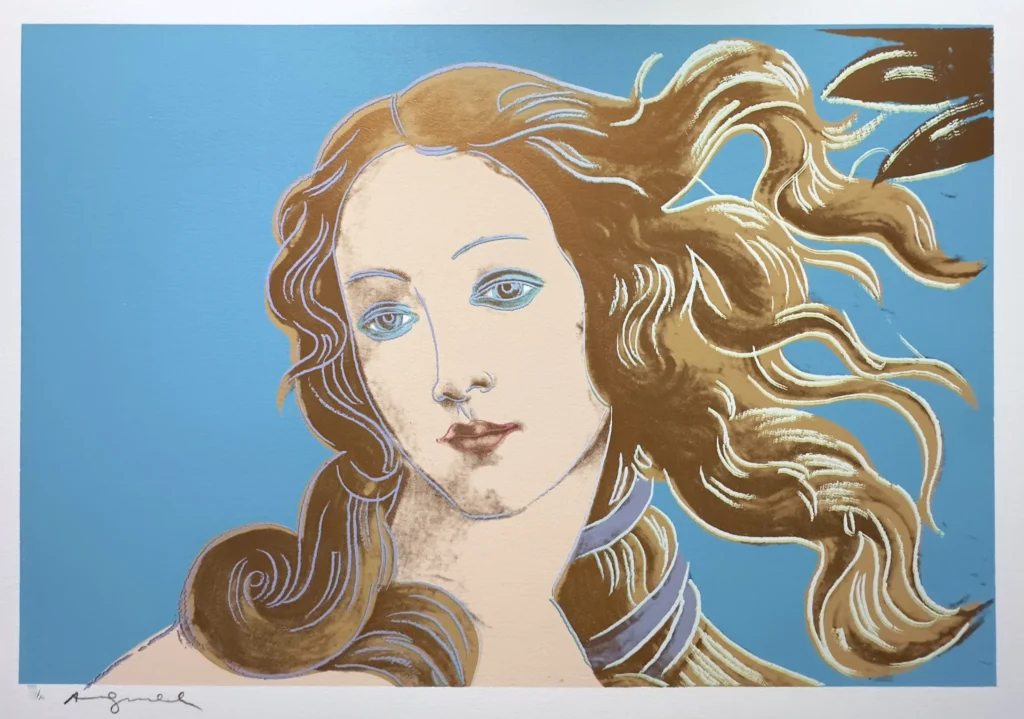What is an original print?
An original print is a work of art created through a printmaking process where the artist directly participates in making the printing matrix and oversees the production of the edition. This distinguishes it from mechanical reproductions of paintings or drawings, as the print itself is the original artwork rather than a copy of something else. The artist conceives the image specifically for the printmaking medium, working with techniques like etching, lithography, screen printing, or woodcut to create a master plate, stone, screen, or block from which multiple impressions can be made.
The concept of originality in printmaking centers on the artist’s direct involvement in creating what’s called the “matrix” – the surface from which prints are pulled. When Picasso carved into a linoleum block or when Warhol prepared a silkscreen, they were creating original matrices that would yield original prints. Each impression pulled from this matrix is considered an original work of art, not a reproduction. This is fundamentally different from photographing a painting and printing copies, where the photograph serves merely as documentation of an artwork that exists in another medium.
Original prints are typically produced in limited editions, with the artist or their authorized printer pulling a predetermined number of impressions before destroying or defacing the matrix. Each print in the edition is numbered (such as “15/50” indicating the fifteenth print in an edition of fifty) and signed by the artist. The limitation of the edition helps maintain the value and collectibility of the works. Artist’s proofs, bon à tirer proofs, and other special impressions outside the numbered edition are also considered original prints when they come directly from the artist’s matrix.
The authenticity and originality of prints have been debated throughout art history, particularly as reproductive technologies have advanced. However, the art world has long recognized that when an artist chooses printmaking as their medium of expression – whether it’s Dürer’s engravings, Toulouse-Lautrec’s lithographs, or contemporary artists’ digital prints – the resulting works are original art objects. The printmaking process itself becomes part of the artist’s creative practice, with each technique offering unique aesthetic possibilities that cannot be achieved in other media. This understanding has made original prints highly valued by collectors and museums as authentic expressions of artistic vision rather than mere reproductions.


